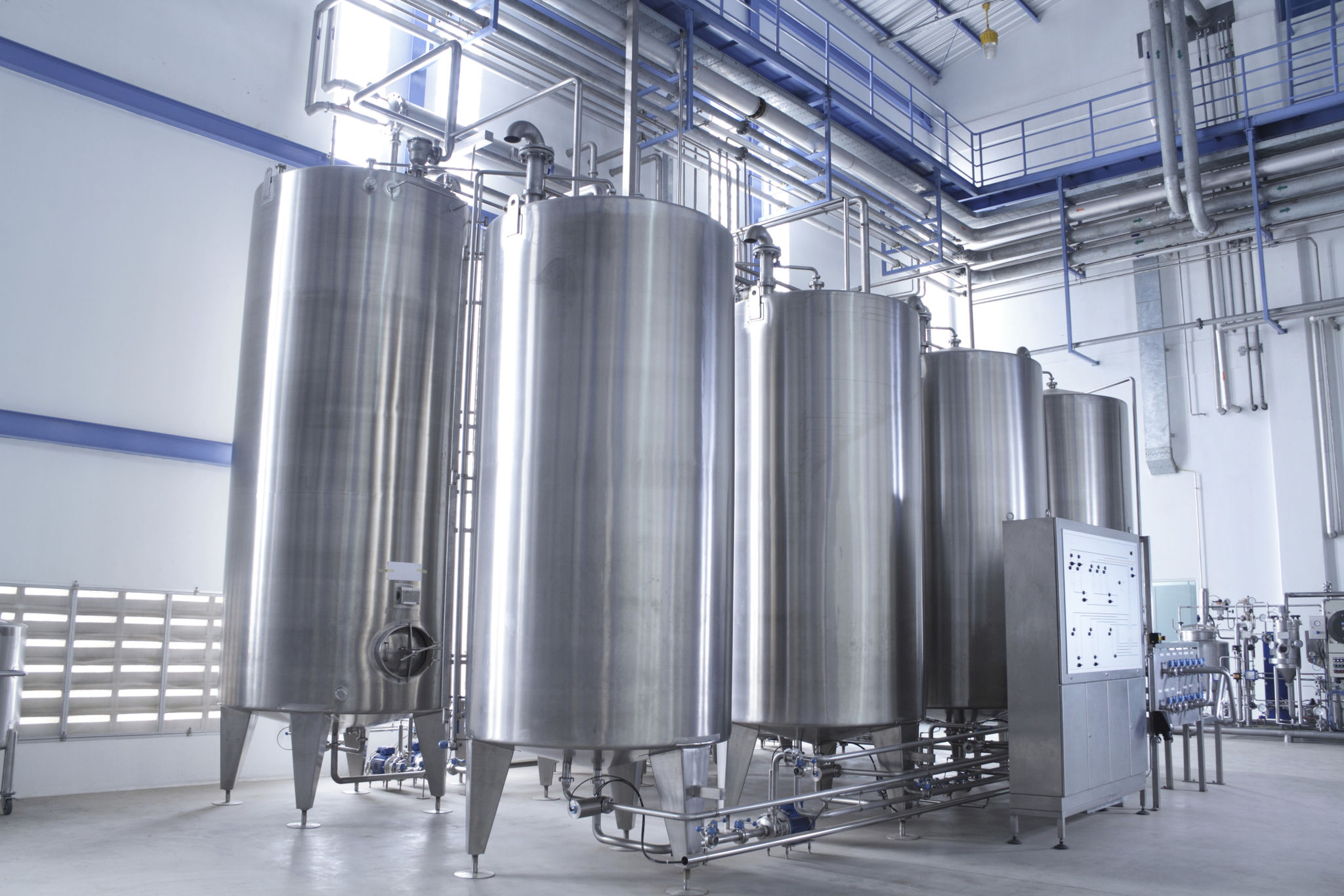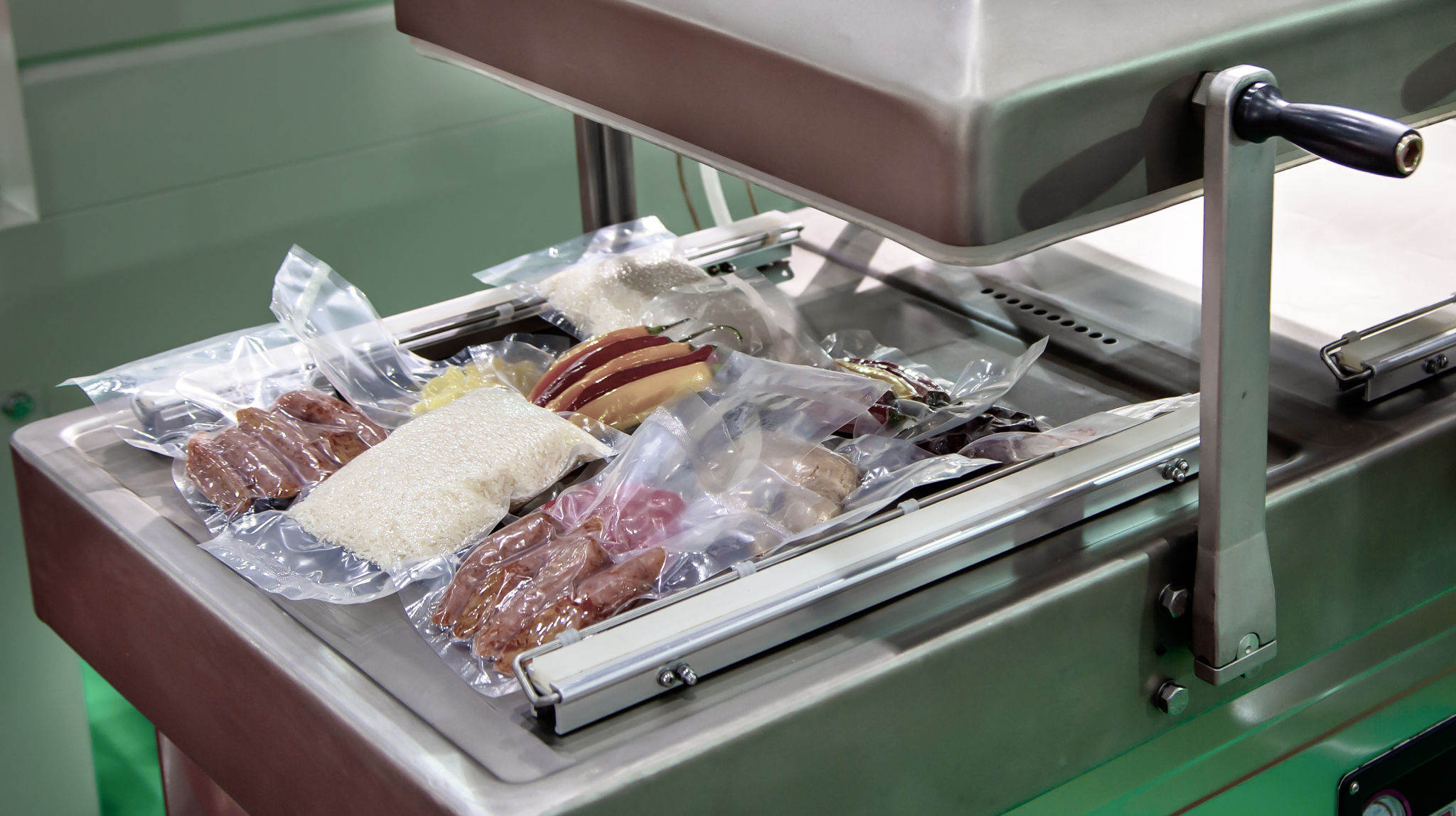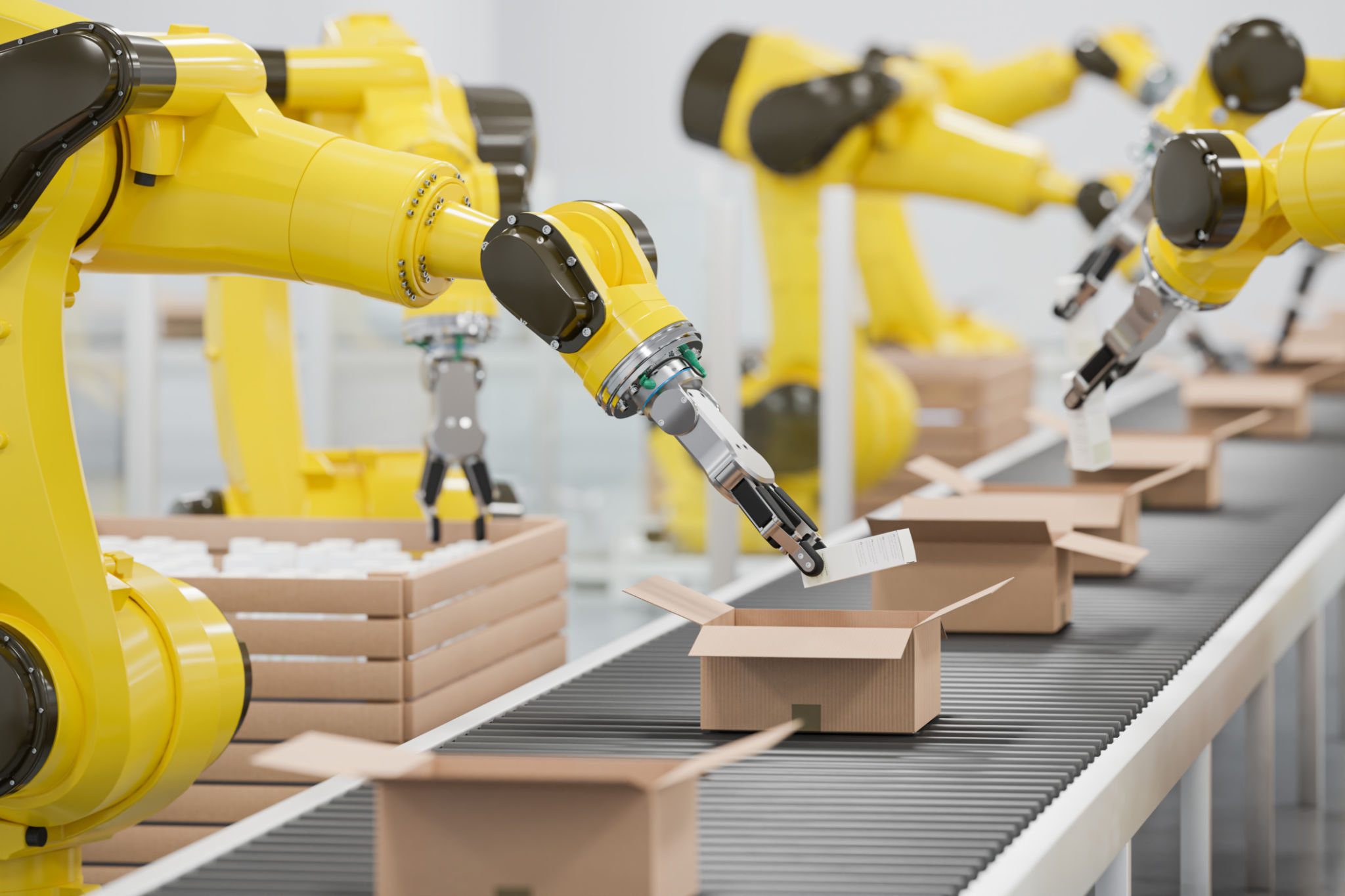A Beginner's Guide to Understanding Food Packaging Machinery Terms and Technology
Introduction to Food Packaging Machinery
In the fast-paced world of food production, understanding the machinery behind the packaging process can be daunting for beginners. However, a basic grasp of the essential terms and technologies can provide valuable insights into this critical component of the food industry. This guide aims to demystify some of the fundamental concepts and equipment used in food packaging.

Key Machinery Terms
Filling Machines
Filling machines are at the heart of most packaging lines, designed to accurately dispense food products into containers. There are several types of filling machines, including gravimetric fillers, volumetric fillers, and liquid fillers. **Gravimetric fillers** measure product weight, ensuring precision. **Volumetric fillers** dispense a set volume, ideal for granules and powders. **Liquid fillers** are used specifically for liquids, ensuring no spillage and maintaining hygiene.
Sealing Machines
Sealing machines play a crucial role in maintaining product freshness and extending shelf life. Common types include heat sealers, vacuum sealers, and induction sealers. **Heat sealers** use heat to bond materials, while **vacuum sealers** remove air before sealing to preserve flavor and prevent spoilage. **Induction sealers** use electromagnetic induction to create a hermetic seal, often used for bottles and jars.

Understanding Automation in Packaging
Automation is revolutionizing the packaging industry, driving efficiency and consistency. Automated systems can handle everything from filling and sealing to labeling and palletizing. By reducing the need for manual intervention, automation minimizes errors and speeds up production. This technology is particularly beneficial for high-volume production lines where speed and accuracy are paramount.
The Role of Robotics
Robotics in food packaging is gaining momentum, offering enhanced precision and flexibility. Robotic arms can perform intricate tasks such as sorting, packing, and even quality control checks. This technology allows manufacturers to quickly adapt to new product lines or packaging designs without significant downtime.

Sustainability Considerations
With growing environmental concerns, sustainable packaging solutions are becoming increasingly important. Many companies are investing in machinery that supports eco-friendly materials like biodegradable films or recyclable plastics. This shift not only meets consumer demand for greener products but also aligns with global sustainability goals.
Adopting sustainable practices often involves upgrading existing machinery or investing in new technology. For instance, machines that reduce waste by optimizing material usage can significantly decrease a company's environmental footprint.
Conclusion
Understanding food packaging machinery and its terminology is essential for anyone entering the food production industry. By familiarizing yourself with these concepts, you can better appreciate the complexities of modern food packaging processes. As technology continues to evolve, staying informed will help you navigate and leverage these advancements effectively.
Whether you're a budding entrepreneur or an industry professional, staying updated on the latest trends and technologies in food packaging is crucial for success in this dynamic field. Embracing new technologies not only enhances efficiency but also positions your business at the forefront of industry innovation.
